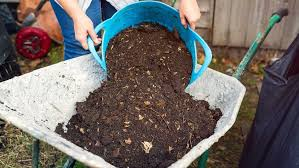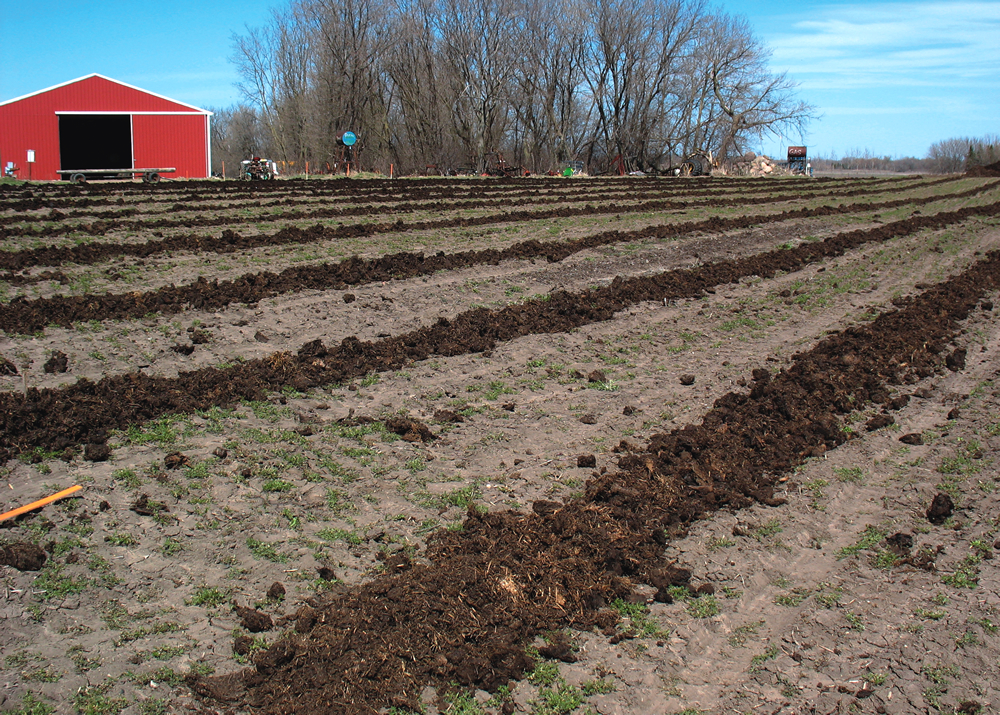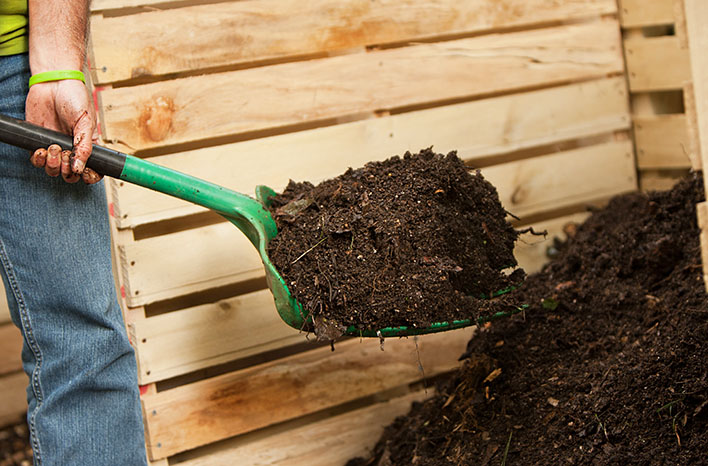Composting during the fall is a crucial part of maintaining an organic garden. The process may take several months, but it provides you with rich, bioactive soil to enhance your garden next spring. By starting composting in the fall, you’ll create an abundant supply of nutrient-rich compost for your pots, planting beds, and garden spaces. Here’s how you can get started with simple, effective steps.
1. Gather Spent Plants
As the growing season winds down, remove plants that have reached the end of their life cycle. These plants, such as faded vegetables and spent flowers, can harbor pests and diseases, so pulling them from the garden is a great way to prevent further issues. You can collect them into piles or toss them into your compost bin. If you have plants infested with pests like aphids or squash bugs, it’s best to bag them tightly, leave the bag in the sun for several days, and then compost the plants to prevent pests from spreading.
2. Start a New Compost Pile
Autumn is a great time to start a fresh composting project. You can either build a large compost pile or use a container, bin, or tumbler. If you’re reusing a container, it’s important not to clean it; the microbes sticking to the walls will help inoculate the new pile. When choosing a site, remember that the compost will benefit the soil beneath it by enriching it with beneficial microbes, nutrients, and insects. This makes fall composting ideal for prepping new garden spaces for future planting.

3. Collect Leaves
Though it’s important to leave some leaves undisturbed to provide shelter for overwintering insects, you can collect excess leaves from areas like driveways, stairs, and sidewalks. These leaves can be composted either alone or mixed with other organic materials. However, don’t rush to compost them right away; leaves need to weather and break down before they can decompose effectively. The process is slower for thicker, tougher leaves, but once weathered, they will compost nicely.
4. Boost Your Compost with Manure
Manure from safe sources like chickens, rabbits, or goats can provide a valuable nitrogen boost to your compost heap. Nitrogen helps the decomposition process and ensures a balanced mix. However, be cautious with horse manure, as it may contain herbicides that can harm garden plants like tomatoes or beans. Allowing manure to break down in the compost over several months will ensure any harmful bacteria are eliminated, making it safe for your garden.

5. Build a Large Pile
A larger compost pile is much more effective than a small one. A pile that exceeds one cubic yard or meter has a better chance of retaining heat and moisture, which speeds up decomposition. Though compost heaps shrink as they break down, it’s important to keep adding materials whenever possible. In spring, when the weather warms up, you can reactivate the pile by turning it to reach higher temperatures, which will help kill weed seeds and pathogens.
6. Rest Your Compost
Once compost is ready, it’s great to use right away, but giving it time to rest will enhance its quality. Cured compost, which has been stored in a semi-dry state for a few months, is even better for your garden. To store it, fill flowerpots or bins with finished compost and keep them protected from rain. This resting period allows the compost to reach optimal structure and nutrients, making it perfect for early spring gardening when the main compost pile is still developing.

By following these six simple steps, you’ll be on your way to creating high-quality compost that will enrich your garden next season. Enjoy the process, and remember that patience and consistency are key to successful fall composting.
